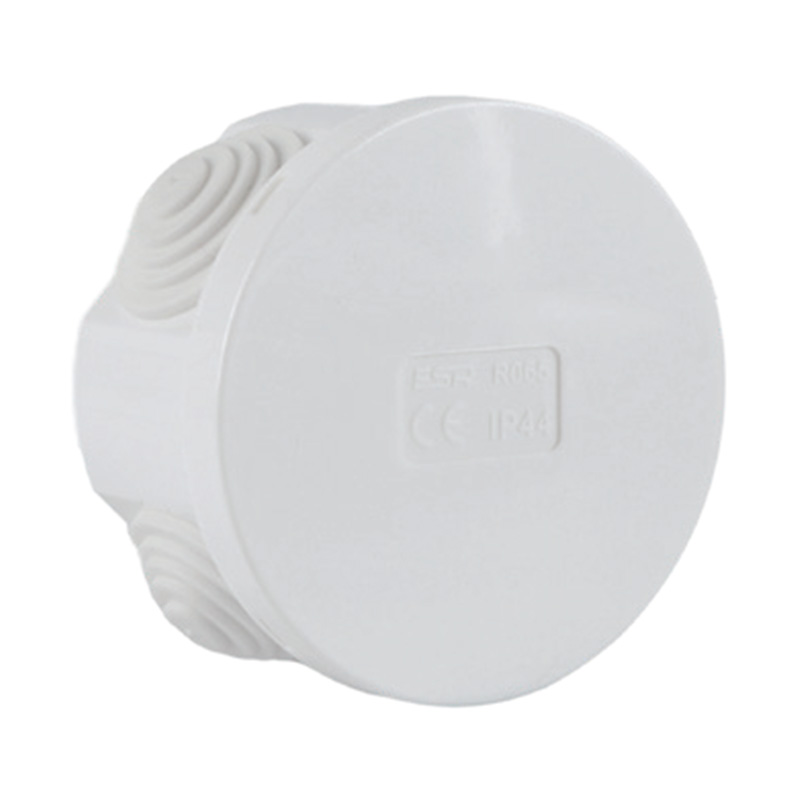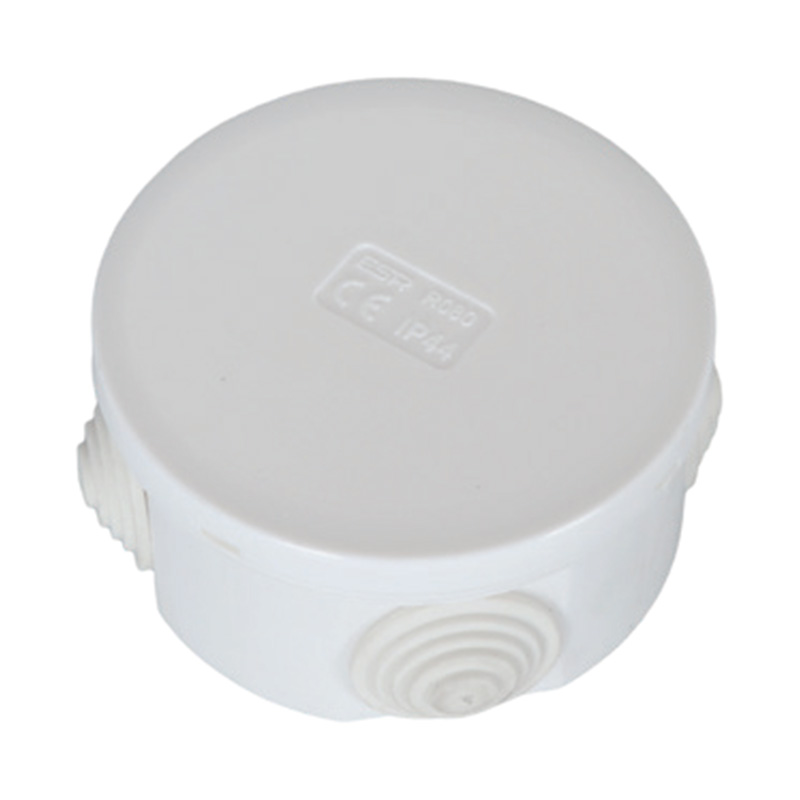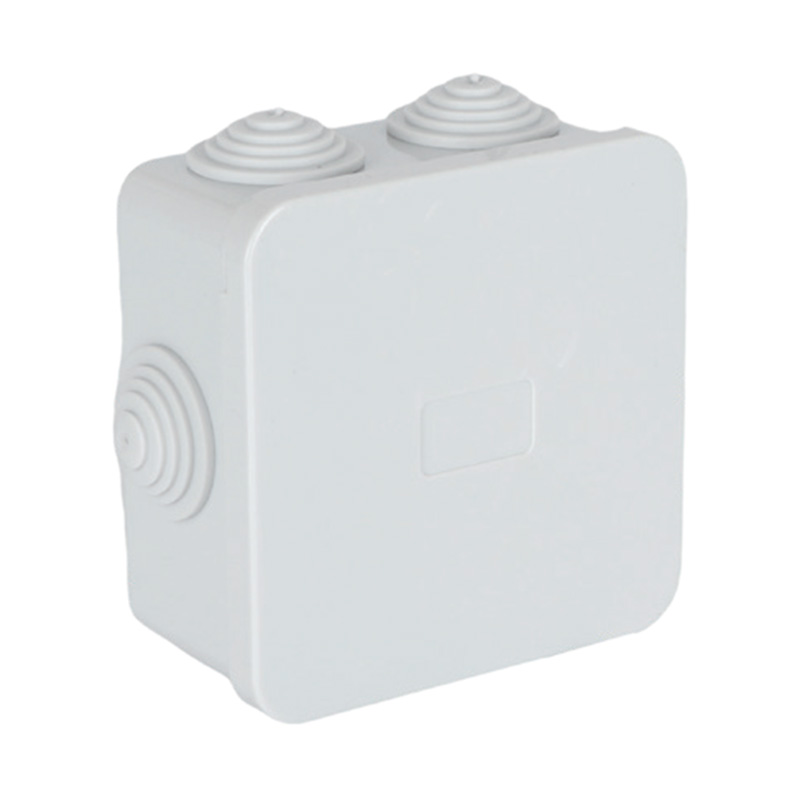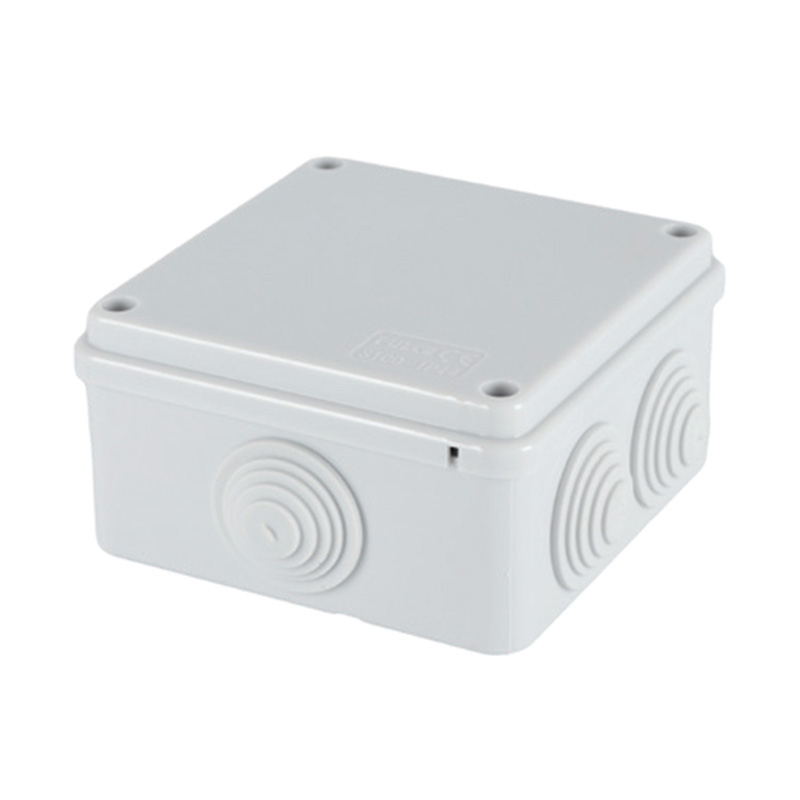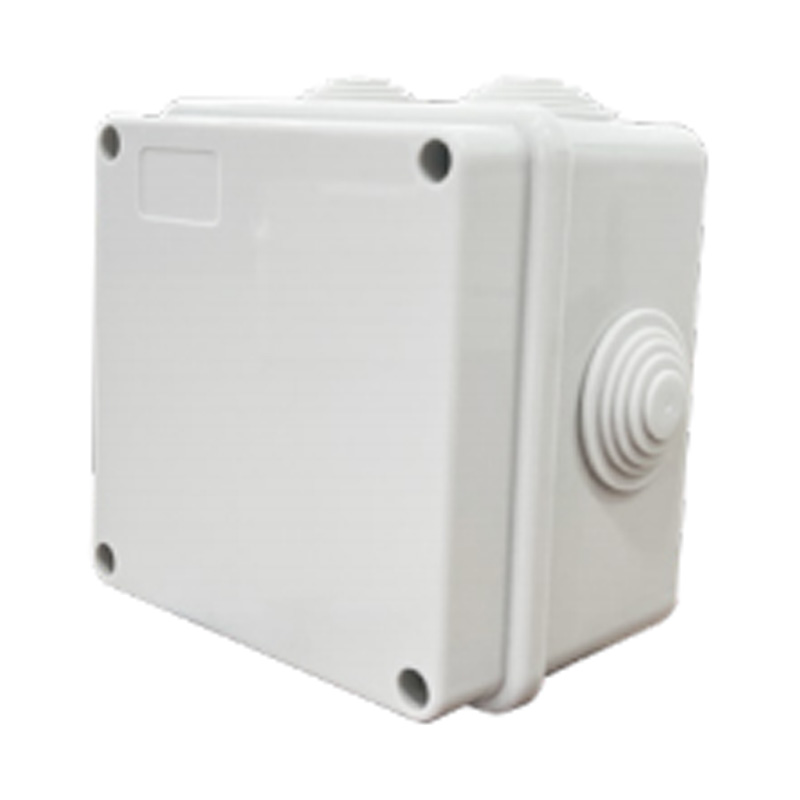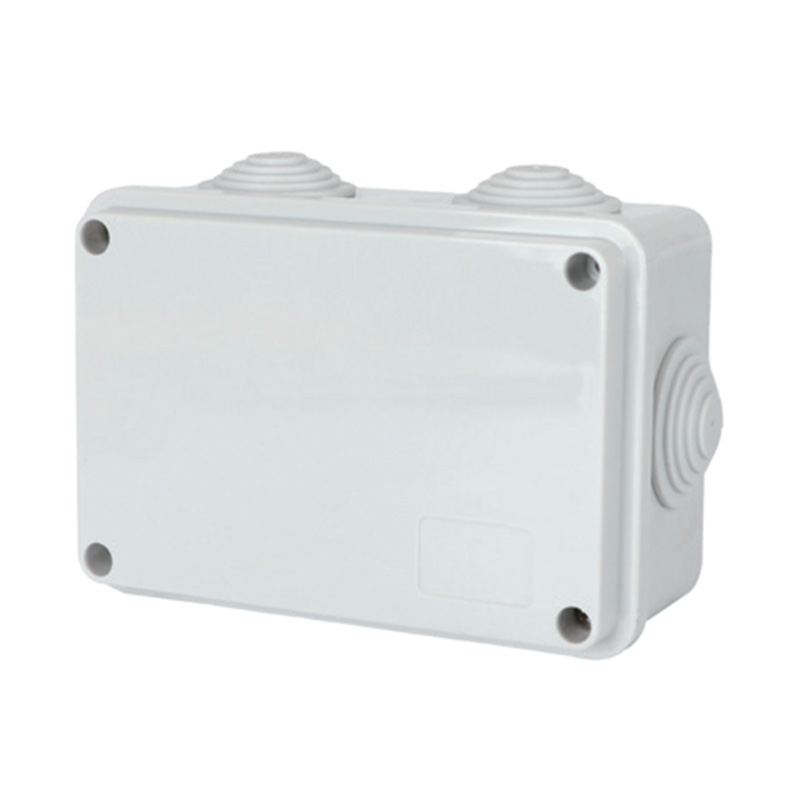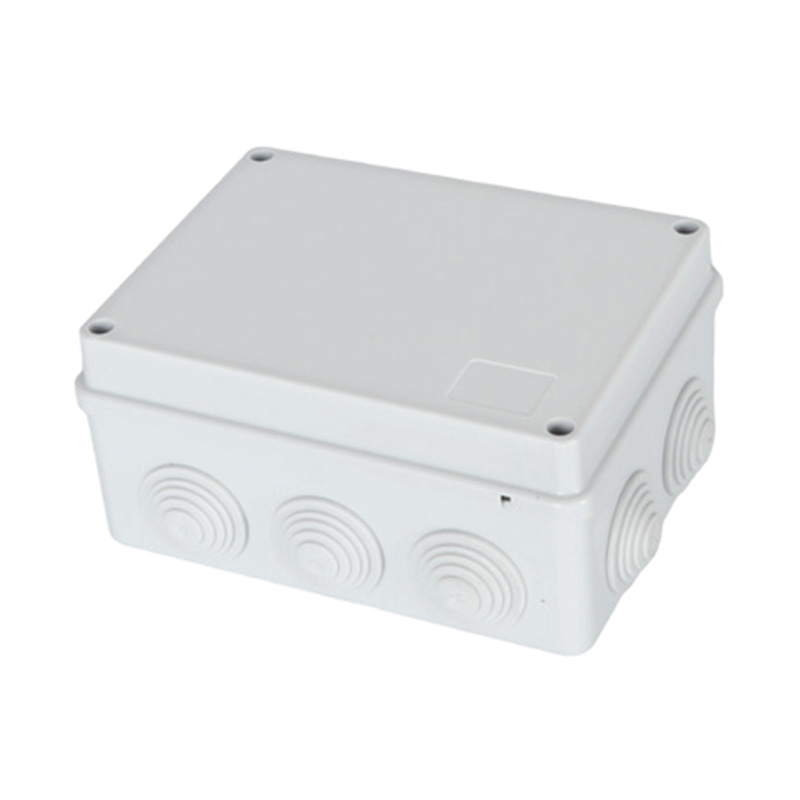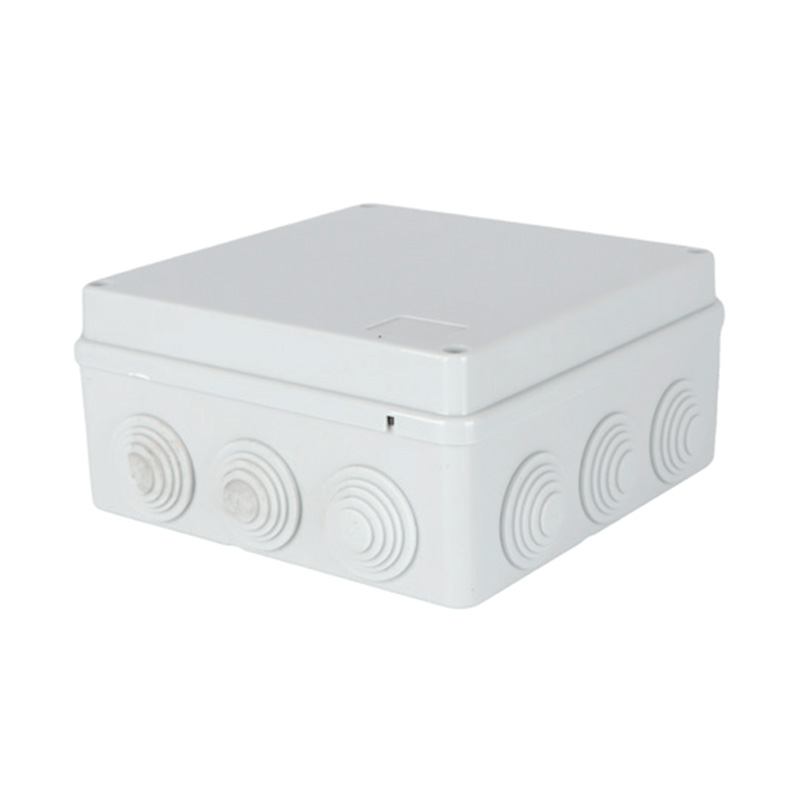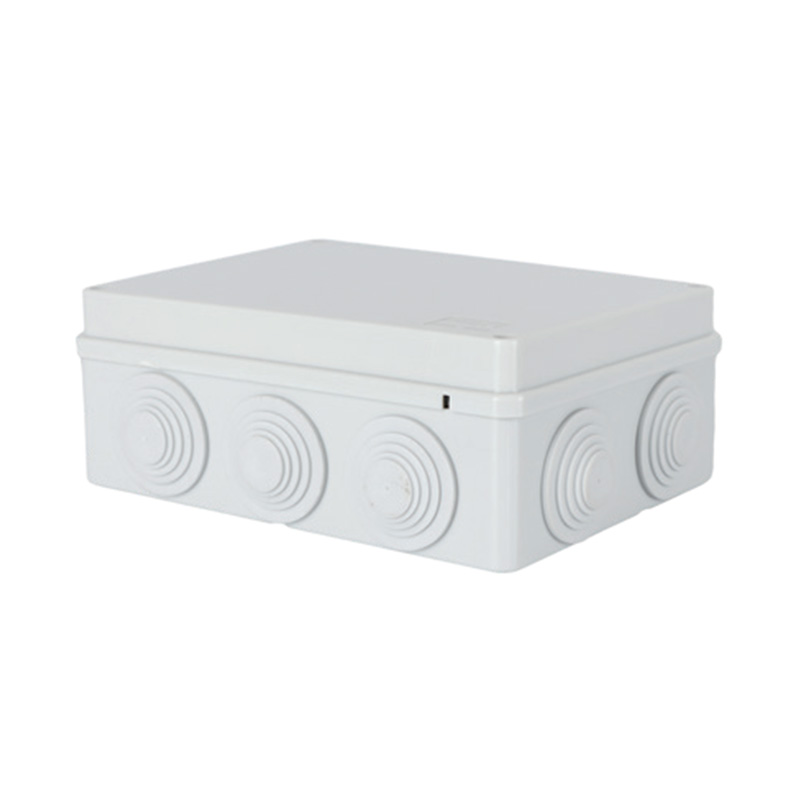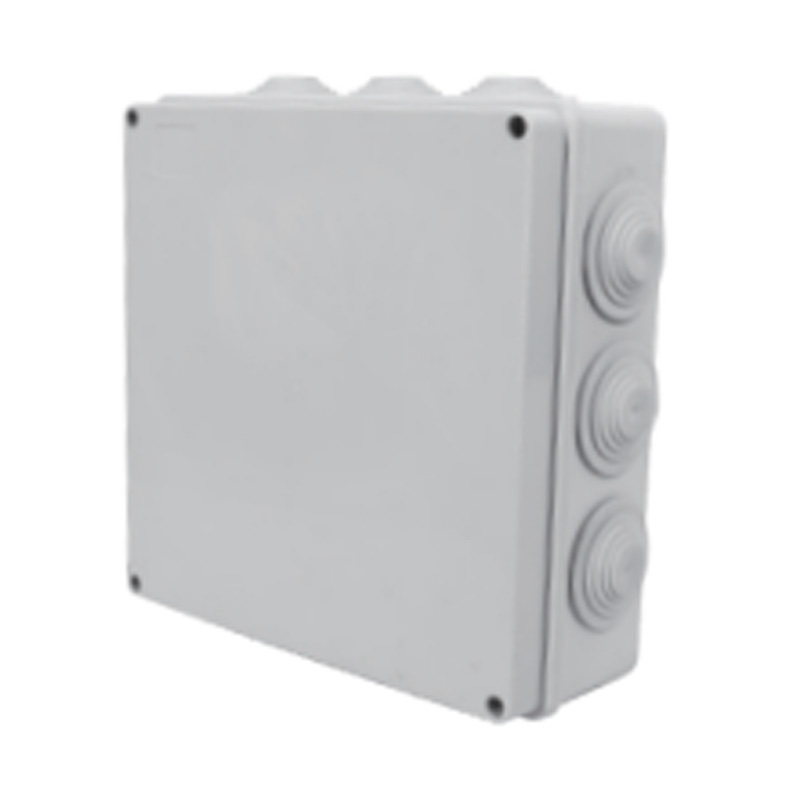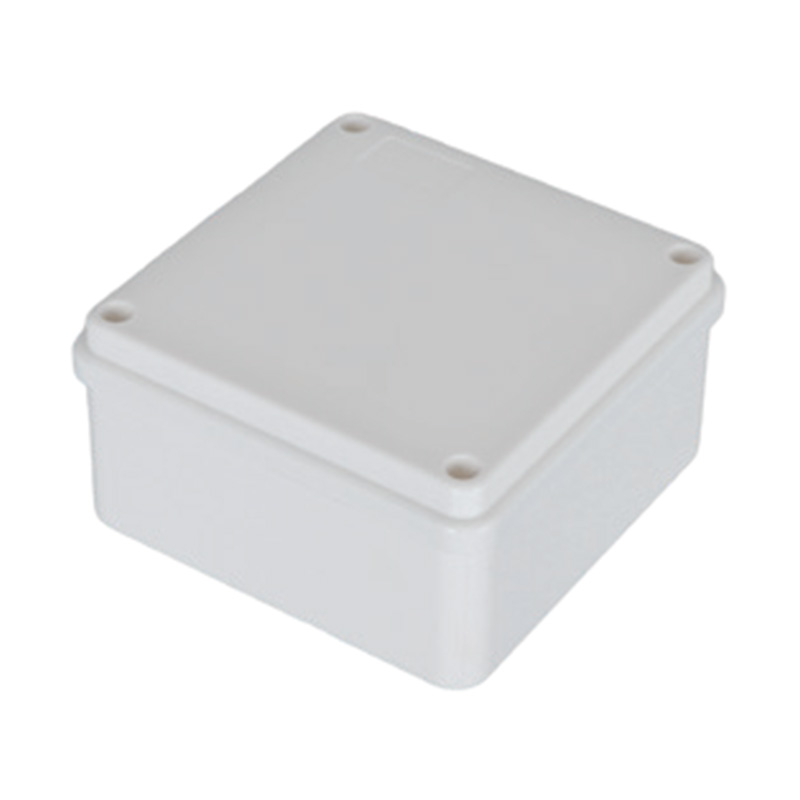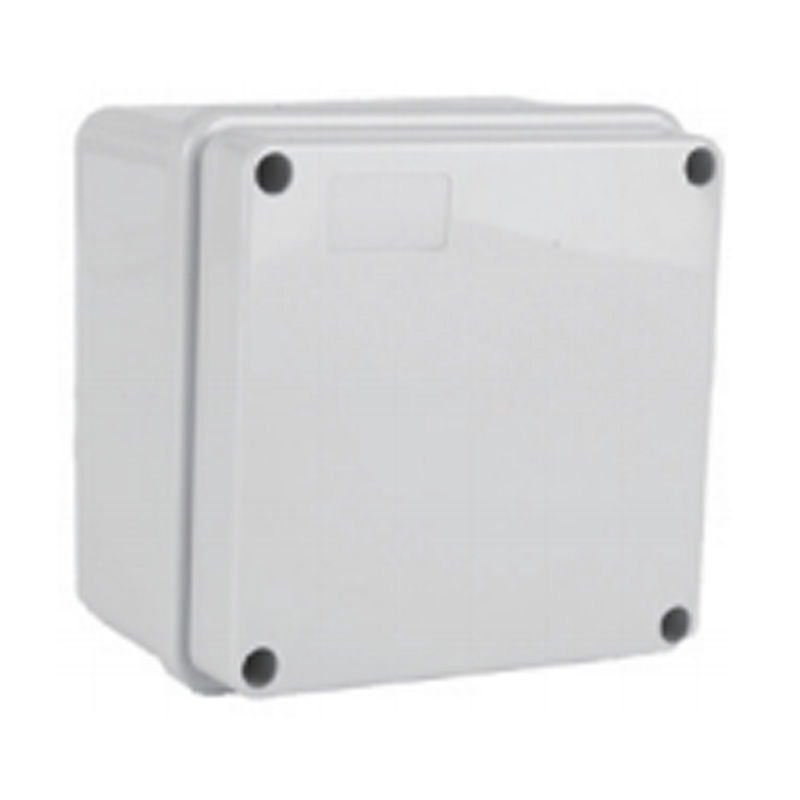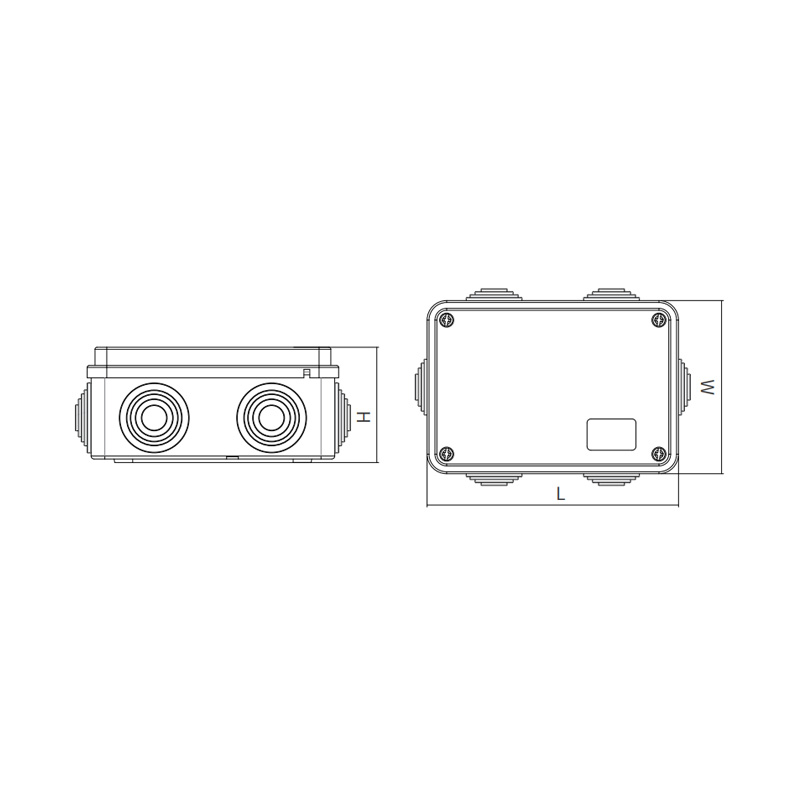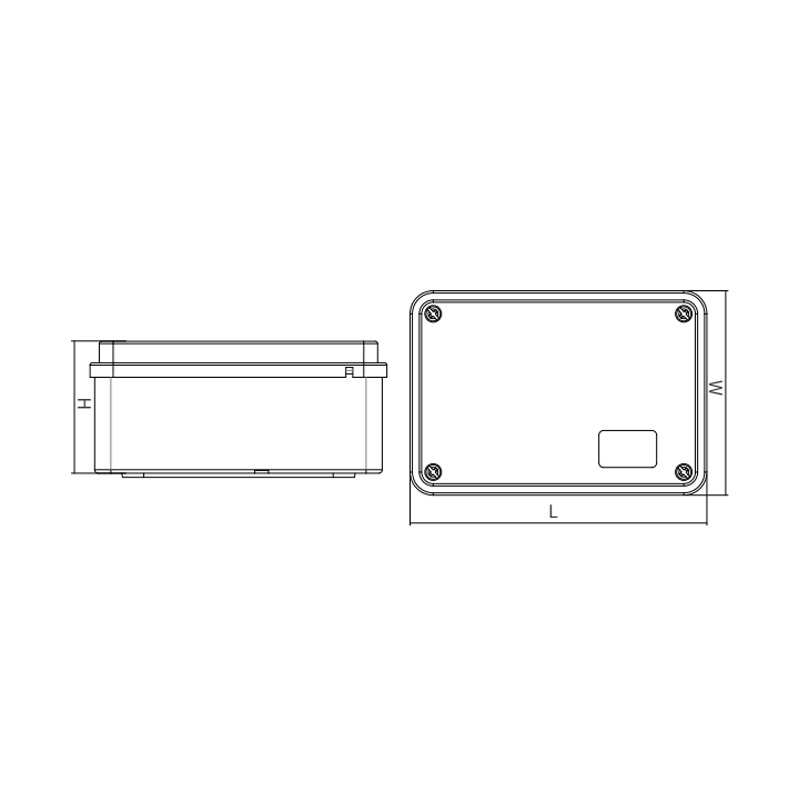Understanding and selecting the correct IP rating is essential when choosing a Waterproof Junction Box or Waterproof Distribution Box. It ensures safety, reliability, and long-term...
READ MORE-
-
Outdoor electrical installations face unique challenges that require specialized components to ensure their reliability and safety. Among the more important components are metal ca...
READ MORE -
Durability is a key factor when designing and maintaining electrical systems. With so many environmental challenges that electrical installations face—such as excessive temperature...
READ MORE -
Safety compliance is not just about adhering to regulations; it’s about protecting people, equipment, and infrastructure from the risks of electrical hazards. Electrical fires, sho...
READ MORE
Industry Knowledge Extension
What Are the Advantages of Waterproof Junction Box?
Waterproof junction boxes have a tightly sealed enclosure, often using rubber gaskets, O-rings, or silicone seals. These seals prevent water and dust from entering, ensuring that internal connections remain dry and protected.
They are typically made from high-quality plastic (like polycarbonate or ABS) or corrosion-resistant metals (like stainless steel or aluminum). These materials resist physical impacts, UV radiation, and chemical corrosion, making the boxes suitable for harsh environments.Its advantages can be highlighted as follows:
Protection Against Moisture
A waterproof junction box prevents water or humidity from reaching the electrical connections, making it suitable for outdoor or damp environments.
Durability
These boxes are typically made from strong materials such as ABS plastic, polycarbonate, or aluminum, which withstand weather changes, UV exposure, and mechanical stress.
Safety Assurance
By enclosing wires and connections, the box reduces the risk of short circuits, electrical shocks, or fire hazards.
Versatility
Waterproof junction boxes come in different sizes and designs, suitable for residential, commercial, and industrial projects.
Ease of Installation
Many boxes are designed with simple mounting options and entry points for cables, making them easy to use on-site.
Overall, waterproof junction boxes improve reliability in electrical systems by protecting connections from environmental damage, ensuring long-term performance and safety.
What Are the Waterproof Junction Box Manufacturing?
The manufacturing process of waterproof junction boxes involves several steps that ensure durability, precision, and compliance with safety standards. The process can be described as follows:
Material Selection
Manufacturers choose robust and water-resistant materials such as ABS, PVC, polycarbonate, or aluminum alloys. These materials provide strength and resistance to corrosion.
Mold Design and Injection Molding
For plastic boxes, injection molding is used to shape the components. Molds are carefully designed to ensure smooth surfaces, precise dimensions, and secure sealing features.
Surface Treatment
Some boxes require UV-resistant coatings, anti-corrosion treatments, or color finishes to enhance performance and appearance.
Sealing Technology
Rubber gaskets or silicone seals are added to ensure waterproofing. Advanced designs use IP-rated sealing systems to meet international protection standards.
Assembly and Quality Control
Hinges, screws, and mounting brackets are assembled, followed by testing for water resistance, impact strength, and insulation reliability.
Packaging and Distribution
Finally, products are packed securely and shipped to distributors, ensuring safe handling during transportation.
This manufacturing process combines modern materials, precision tooling, and strict quality testing to deliver reliable waterproof junction boxes to the market.
How to Choose Heavy-Duty Junction Box?
Choosing the right heavy-duty junction box depends on project requirements, environmental conditions, and safety considerations. The following points can guide the selection:
Material Strength
Heavy-duty boxes should be made from stainless steel, aluminum, or reinforced polycarbonate to withstand mechanical impacts.
Weather Resistance
Look for boxes with high IP ratings (IP65, IP66, or higher) to ensure protection against dust, water, and harsh weather.
Load Capacity
The junction box must support heavy cables, fittings, and industrial connectors without deformation.
Corrosion Resistance
For outdoor or chemical environments, boxes with anti-rust coatings or stainless-steel finishes provide longer service life.
Ease of Maintenance
Boxes with hinged covers, removable panels, or user-friendly fastening systems simplify inspections and repairs.
Compliance with Standards
Ensure the product meets relevant safety certifications, such as CE, UL, or IEC standards.
Customization Options
Some heavy-duty applications require tailor-made designs with specific cutouts, locking systems, or mounting options.
By considering these aspects, users can select a heavy-duty junction box that delivers reliability, safety, and long-lasting protection for electrical systems in demanding environments.


 English
English 中文简体
中文简体 Español
Español عربى
عربى

